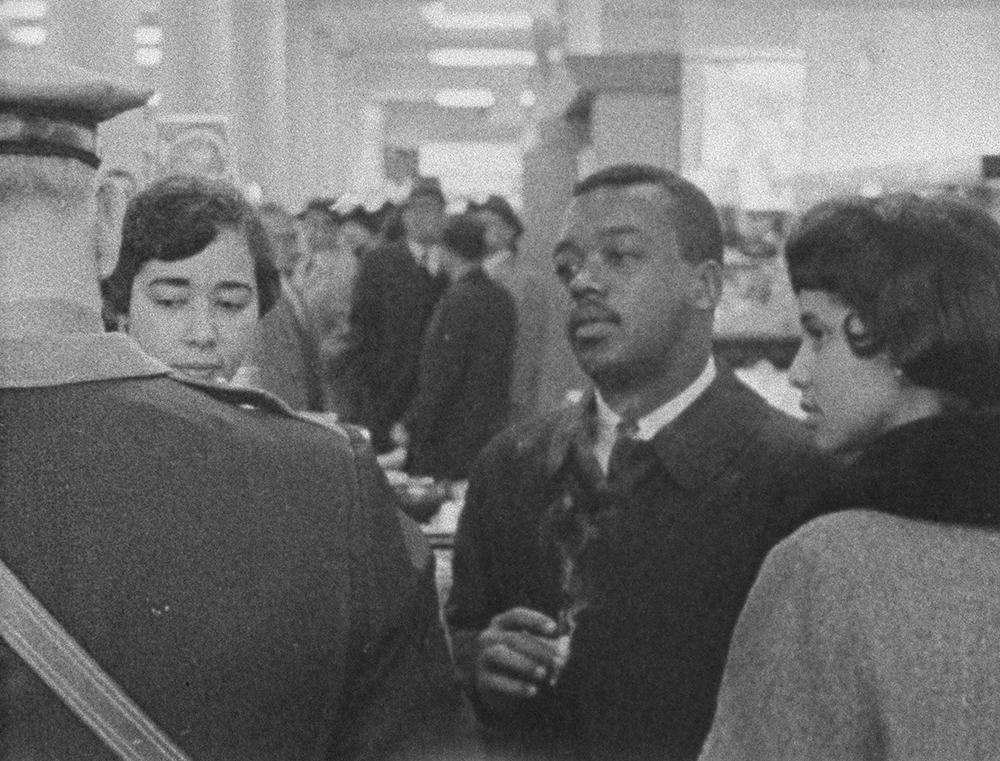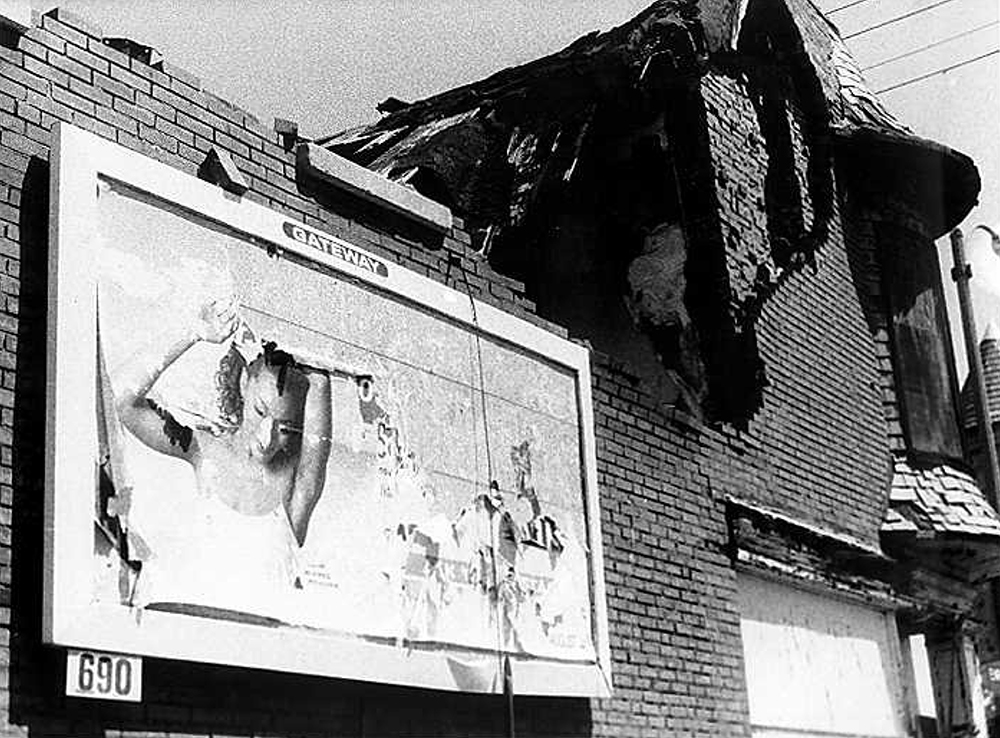Oh, Weary Rivers - program 10 - Anderson / Harris
Oh, Weary Rivers
Curated by Terri Francis
Kevin Everson’s films echo the blues, as much a revolt within weariness as a catalog of creative resilience in the everyday.
As a secular musical expression, the blues have specific formal qualities and social contexts that speak to the dislocations, meteorological threats, economic precarity, inequity and overcoming in the epic story of Black lives in the United States.
Neither European nor African, the blues, say scholars like James Sellman are distinguished by the “blue note,” which is “sung or played slightly flat, or lower than their ‘correct’ scalor pitches.”[1] The blues means, as Langston Hughes put it, “the bellowing voice of Bessie Smith” and the “incongruous humor” of lamenting life’s disappointments and struggles, whether personal as in a lover gone away or political as in a collective sense of resilience and pride in the face of economic deprivation and voter disenfranchisement. The blues involves mythologies of deals with the devil and histories of Black Migration from Mississippi to points north such as Chicago and Detroit. The lyrics can be funny, even raunchy, as well as plaintive and poetic.[2]
The blues conjures that certain shift in the weather, felt in the bones, that portends a stranger’s arrival, a secret revealed — something calamitous — or else, the blues convey the relief in the air once the storm has passed; it’s an exhaling of grief, loss, longing. The blues always feels old, and somehow even older than nineteenth-century cinema, despite taking shape in the first decades of the twentieth century.
This program presents a chamber of resonances and dissonances with documentary tradition, labor movements, and collectivity. Madeleine Anderson’s coverage of civil rights demonstrations speak to the past with newsreel-like immediacy. Harris’s film is marked by the absence of visible people where almost any Everson film is defined by the presence of people, his neighbors, family members, students, and co-creators in Northern Ohio and Mississippi. Both Anderson and Harris’s films feature the human voice through essayistic montage and Black music traditions, still resonating with the formal rigor of Everson’s work. (Terri Francis)
[1] “The Negro Artist and the Racial Mountain (1926).” Oxford African American Studies Center. 31 May. 2010; Accessed 5 Feb. 2020. https://oxfordaasc-com. proxyiub.uits.iu.edu/view/10.1093/acref/9780195301731.001.0001/acref- 9780195301731-e-78675.
[2] “The Negro Artist and the Racial Mountain (1926).” Oxford African American Studies Center. 31 May. 2010; Accessed 5 Feb. 2020. https://oxfordaasc-com. proxyiub.uits.iu.edu/view/10.1093/acref/9780195301731.001.0001/acref- 9780195301731-e-78675.

